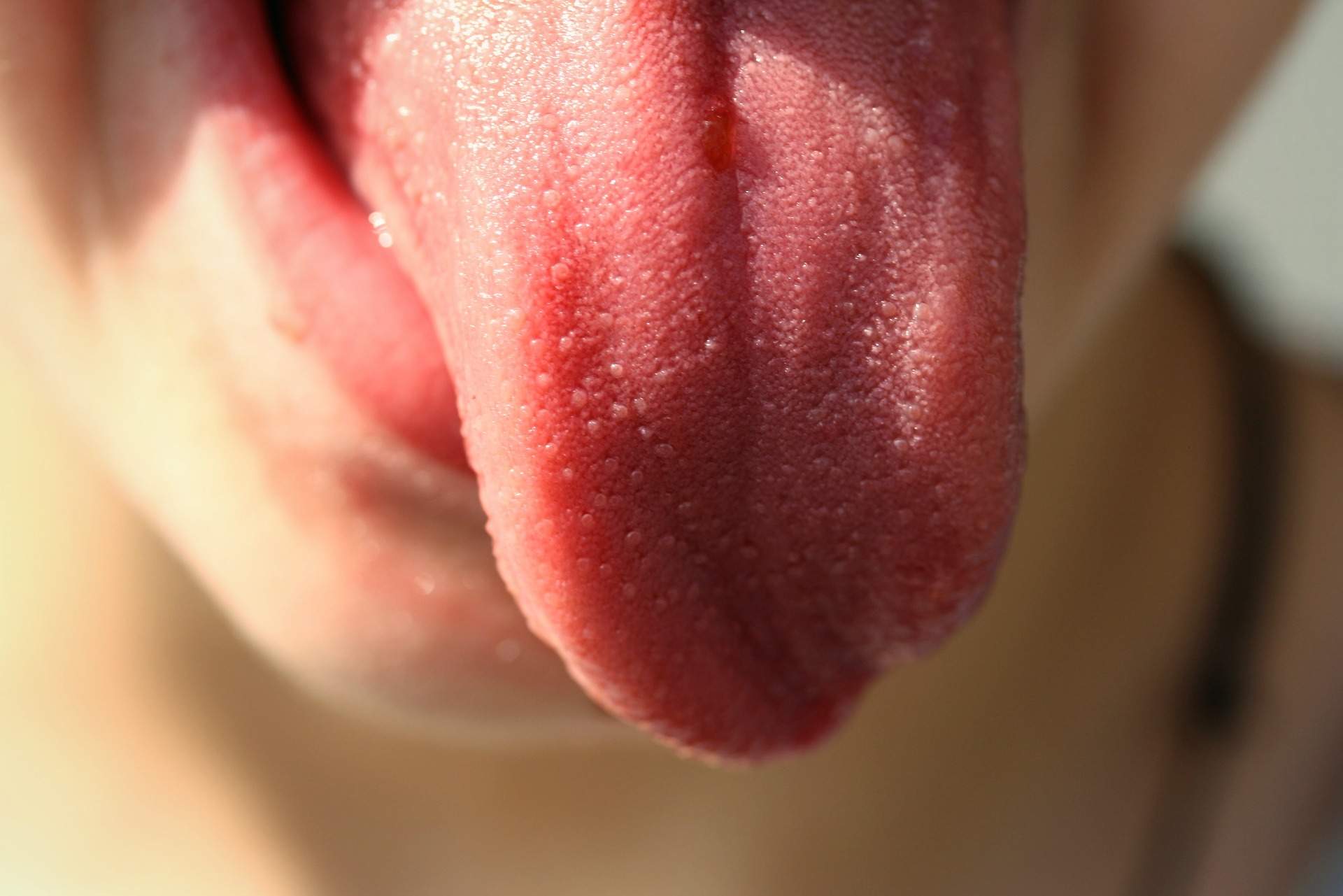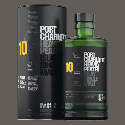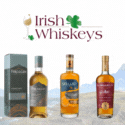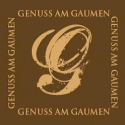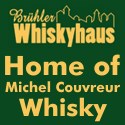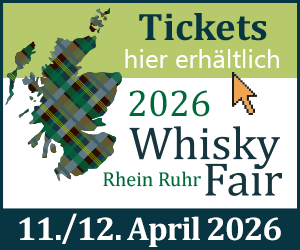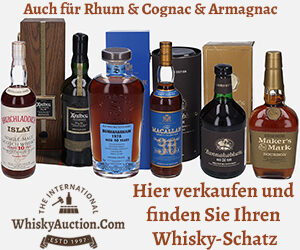Vor etwas mehr als zwei Jahren konnten wir über eine von deutschen Wissenschaftern entwickelte künstliche Zunge berichten, die in der Lage war, Whisky zu klassifizieren. Die Zunge, die Uwe Bunz, Professor für organische Chemie an der Universität Heidelberg, entwickelt hat, konnte auf Basis spezieller fluoreszierender Nachweisreagenzien ähnliche Whiskys erkennen und klassifizieren.
Nun ist schottischen Forschern in Glasgow und Strathclyde eine deutliche Verbesserung der künstlichen Zunge gelungen, die nun mit zwei verschiedenen, submikroskopischen „Geschmacksknospen“ aus Gold und Metall gebildet wird, die 500x kleiner sind als die menschlichen Pendants dazu. Die Metalle werden als Schachbrettmuster arrangiert und können so mit einer Genauigkeit von mehr als 99% unterschiedliche Whiskys erkennen, auch in Hinsicht auf Alter und verwendete Fassreifung.
Diese „Zunge“ könnte dazu verwendet werden, gefälschte Whiskys zu entlarven und generell für mehr Lebensmittelsicherheit sorgen, da sie nicht nur für Whisky konzipiert ist.
Wir haben für Sie auch noch die englischsprachige Pressemitteilung der University of Glasgow ausgehoben und bringen sie untenstehend:
Artificial tongue could have whisky counterfeiting licked
An artificial ‘tongue’ which can taste subtle differences between drams of whisky could help cut down on the trade in counterfeit alcohol, scientists say.
In a new paper published today in the Royal Society of Chemistry’s journal Nanoscale, Scottish engineers describe how they built the tiny taster, which exploits the optical properties of gold and aluminium to test the tipples.
Sub-microscopic slices of the two metals, arranged in a checkerboard pattern, act as the ‘tastebuds’ in the team’s artificial tongue. The researchers poured samples of whisky over the tastebuds – which are about 500 times smaller than their human equivalents – and measured how they absorb light while submerged.
Statistical analysis of the very subtle differences in how the metals in the artificial tongue absorb light – what scientists call their plasmonic resonance – allowed the team to identify different types of whiskies.
The team used the tongue to sample a selection of whiskies from Glenfiddich, Glen Marnoch and Laphroaig.
The tongue was able to taste the differences between the drinks with greater than 99% accuracy. It was capable of picking up on the subtler distinctions between the same whisky aged in different barrels, and tell the difference between the same whisky aged for 12, 15 and 18 years.
Dr Alasdair Clark, of the University of Glasgow’s School of Engineering, is the paper’s lead author. Dr Clark said: “We call this an artificial tongue because it acts similarly to a human tongue – like us, it can’t identify the individual chemicals which make coffee taste different to apple juice but it can easily tell the difference between these complex chemical mixtures.
“WE’RE NOT THE FIRST RESEARCHERS TO MAKE AN ARTIFICIAL TONGUE, BUT WE’RE THE FIRST TO MAKE A SINGLE ARTIFICIAL TONGUE THAT USES TWO DIFFERENT TYPES OF NANOSCALE METAL ‘TASTEBUDS’, WHICH PROVIDES MORE INFORMATION ABOUT THE ‘TASTE’ OF EACH SAMPLE AND ALLOWS A FASTER AND MORE ACCURATE RESPONSE.
“WHILE WE’VE FOCUSED ON WHISKY IN THIS EXPERIMENT, THE ARTIFICIAL TONGUE COULD EASILY BE USED TO ‘TASTE’ VIRTUALLY ANY LIQUID, WHICH MEANS IT COULD BE USED FOR A WIDE VARIETY OF APPLICATIONS. IN ADDITION TO ITS OBVIOUS POTENTIAL FOR USE IN IDENTIFYING COUNTERFEIT ALCOHOLS, IT COULD BE USED IN FOOD SAFETY TESTING, QUALITY CONTROL, SECURITY – REALLY ANY AREA WHERE A PORTABLE, REUSABLE METHOD OF TASTING WOULD BE USEFUL.”
The paper, titled ‘Whisky tasting using a bimetallic nanoplasmonic tongue’, is published in Nanoscale.
The research, which was conducted by engineers and chemists from the Universities of Glasgow and Strathclyde, was supported by funding from the Leverhulme Trust, the Engineering and Physical Sciences Research Council, and the Biotechnology and Biological Sciences Research Council.


